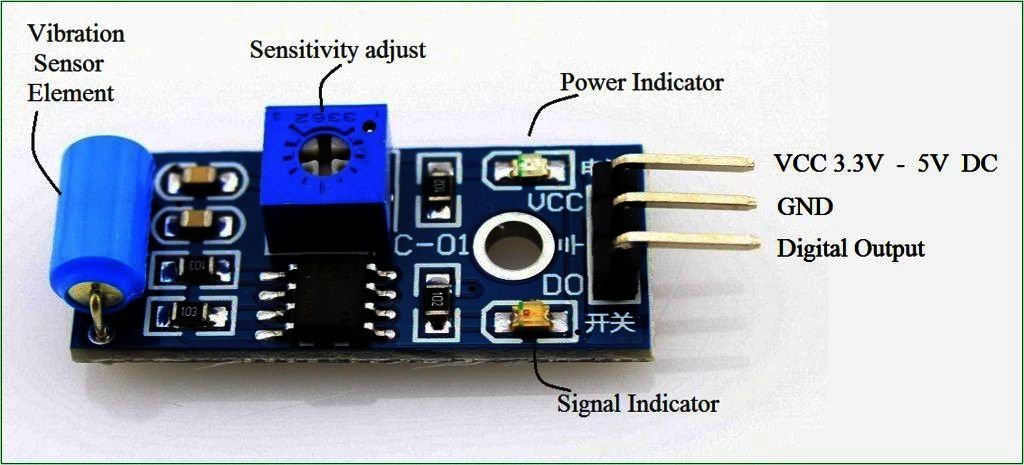The function of transformer oil, also known as insulating oil or dielectric oil, in a power transformer is to perform several critical functions:
Insulation: Transformer oil provides insulation between the transformer windings and other live parts, preventing electrical breakdown and ensuring safe operation.
Cooling: Transformer oil acts as a coolant, dissipating heat generated during transformer operation. It transfers heat away from the core and windings, helping to maintain optimal operating temperatures.
Arc suppression: Transformer oil suppresses and extinguishes electrical arcs that may occur due to internal or external faults, preventing damage to the transformer and associated equipment.
Contaminant removal: The oil circulates through the transformer, capturing and carrying away contaminants such as moisture, dust, and oxidation byproducts that could degrade the insulation and affect transformer performance.
Dielectric strength: Transformer oil has high dielectric strength, which means it can withstand high voltages without breaking down, maintaining the integrity of the insulation system.
Lubrication: Transformer oil provides lubrication to moving parts, such as tap changers, within the transformer, reducing friction and wear.
Corrosion prevention: Transformer oil inhibits the corrosion of metal surfaces within the transformer, protecting the internal components and prolonging the transformer's lifespan.












